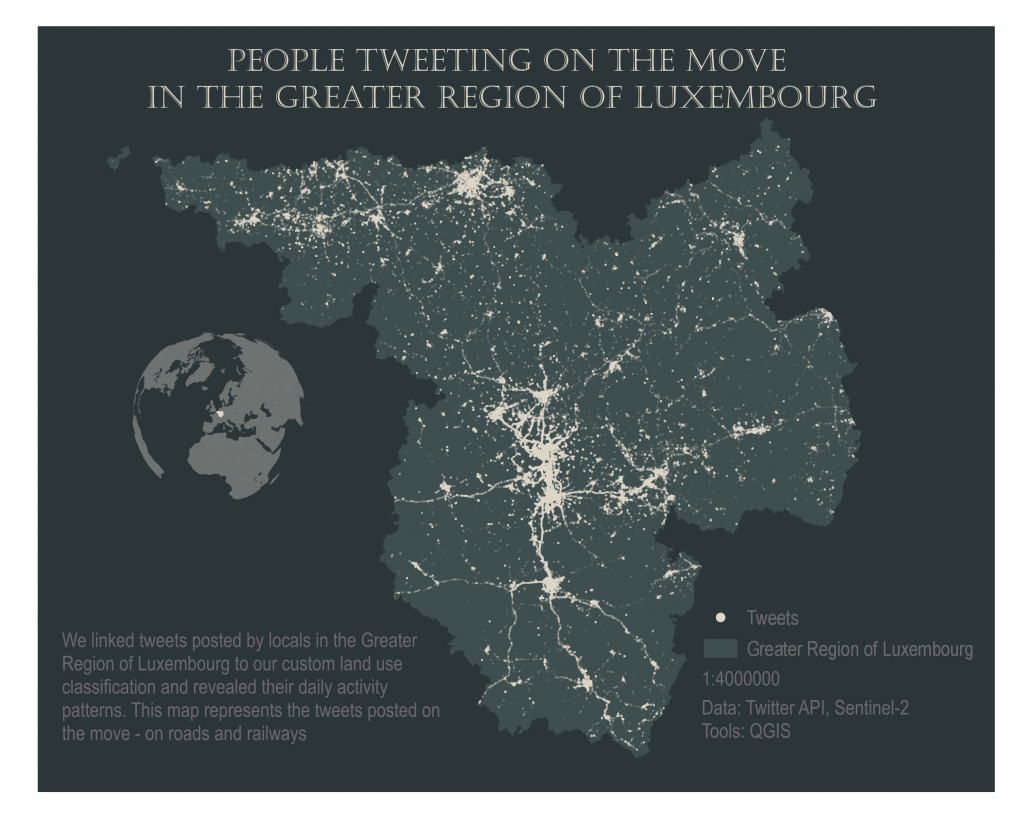The full-scale Russia’s invasion caused unprecedented migration of Ukrainians, fleeing from active warfare events in the Northern, Eastern, and Southern Ukraine. Unlike the more ‘local’ Russo-Ukrainian war that started in 2014, which caused predominantly internal displacement of citizens, the full-scale invasion on 24 February 2014 resulted in more extensive migration abroad, first and foremost – to the EU countries. In our Internet era, this massive influx of asylum-seekers, refugees and other externally displaced persons (the exact status of such Ukrainian citizens varies from country to country) could not go unnoticed online.
Matti Moisala carried out and defended his MSc study “Mobility of Ukrainians to Europe in 2022 and the effect of social connectedness on destination choice” in our Digital Geography Lab. Matti’s work contributed to the BORDERSPACE project and was supervised by Olle Järv, Oleksandr Karasov, and Tuuli Toivonen. The hypothesis of the study was that the destination choice of Ukrainians depends on their previous social network in the European states, indicated by the Facebook social connectedness index and that Twitter data reflects the actual distribution of Ukrainians among countries.
The social connectedness index describes the relative probability of Facebook friendship links between different geographical areas. While intentionally unavailable for some temporarily occupied regions of Ukraine or connections between Ukraine and Russia, the social connectedness index provides a promising proxy of the strength of social relationships among communities worldwide. According to Figure 1, pre-invasion social connectedness was the strongest with Poland, Czech Republic, Slovakia and Hungary, and three Baltic states: Estonia, Latvia, and Lithuania. Ukraine is least socially connected with the UK, France, the Netherlands, Iceland, Norway, Romania, and Turkey.


